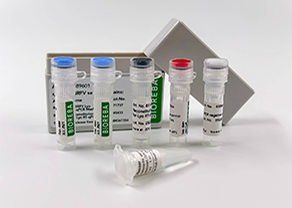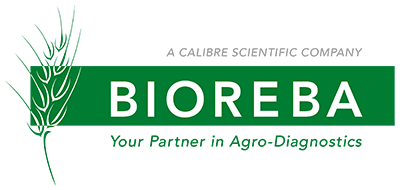PCR, qPCR

About our validated qPCR sets & kits
- Fast and reliable protocol
- Test security due to lot-to-lot consistency
- Cost effective
- Time saving
We offer qPCR products that are validated for fast and reliable protocols. Using ready-to-use qPCR tests from BIOREBA, our customers save days of labour versus an own, laboratory made solution.
Our qPCR products are delivered with lot specific data sheets. We are committed to lot-to-lot consistency for increased test security.
The qPCR set includes a lyophilized Lyo RT-qPCR Master Mix 2x which comprises the reverse transriptase (RT, only for RNA targets), the DNA polymerase as well as the primer and probes. Further, the qPCR sets include a positive control, a negative control a nuclease-free water.
Our qPCR kits include additionally to our qPCR sets also our rapid DNA/RNA extraction set.
BIOREBA qPCR set
| Component | Assays |
| 96 | |
| Lyo RT-qPCR Master Mix | 2 x 0.525 ml |
| Reconstitution Buffer for Lyo RT-qPCR | 1.05 ml |
| qPCR positive control | 30 ul |
| qPCR negative control | 30 ul |
| Nuclease free water | 1 ml |
| Component | Assays |
| 96 | |
| Pool size: up to 10 tuber samples: | |
| Rapid extraction buffer EB 1 | 100 ml |
| Rapid extraction buffer EB 2 | 50 ml |
| Extraction bags Standard 12x15 cm | 100 pcs. |
| Pool size: up to 25 tuber samples: | |
| Rapid extraction buffer EB 1 | 200 ml |
| Rapid extraction buffer EB 2 | 50 ml |
| Extraction bags Standard 12x15 cm | 100 pcs. |

